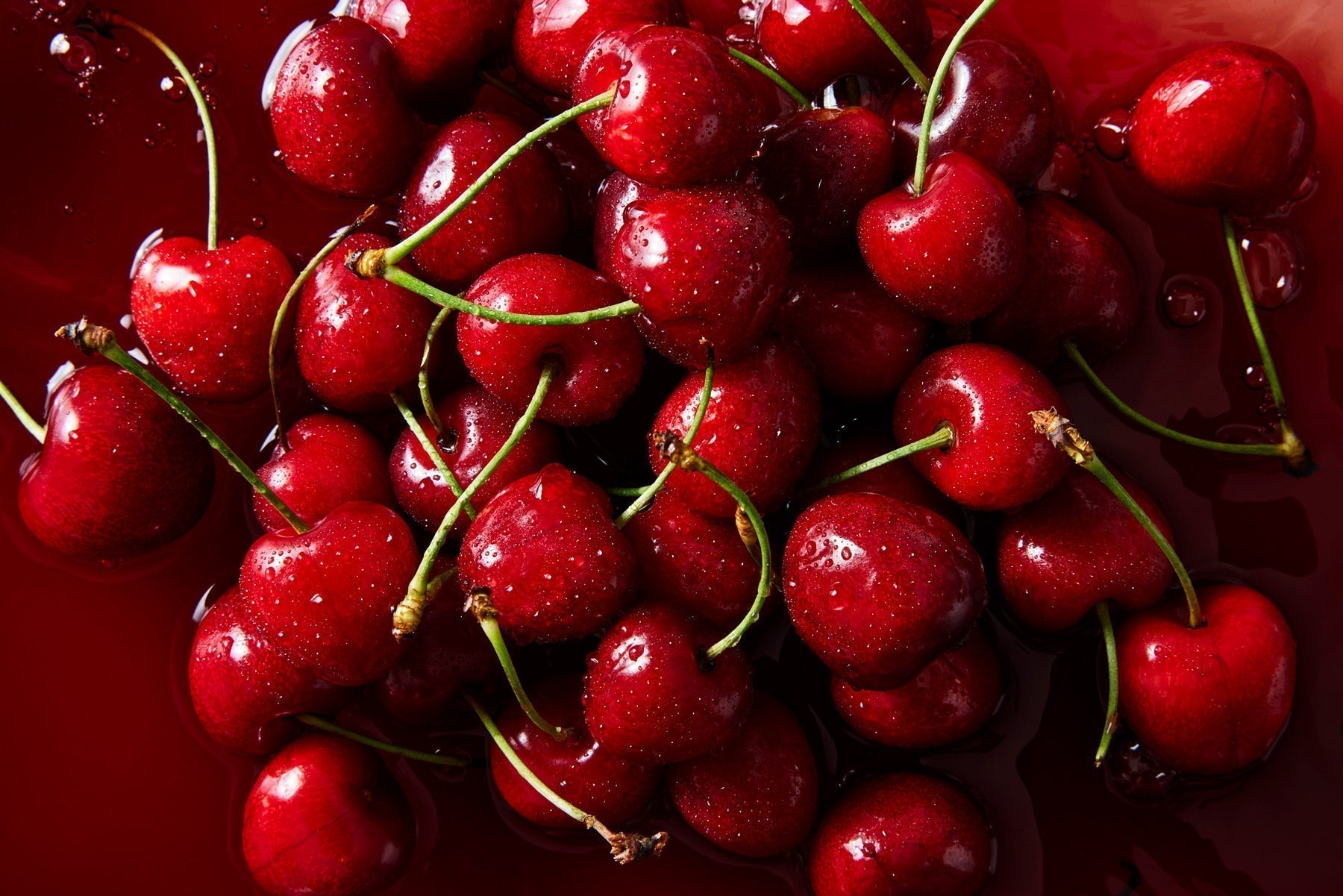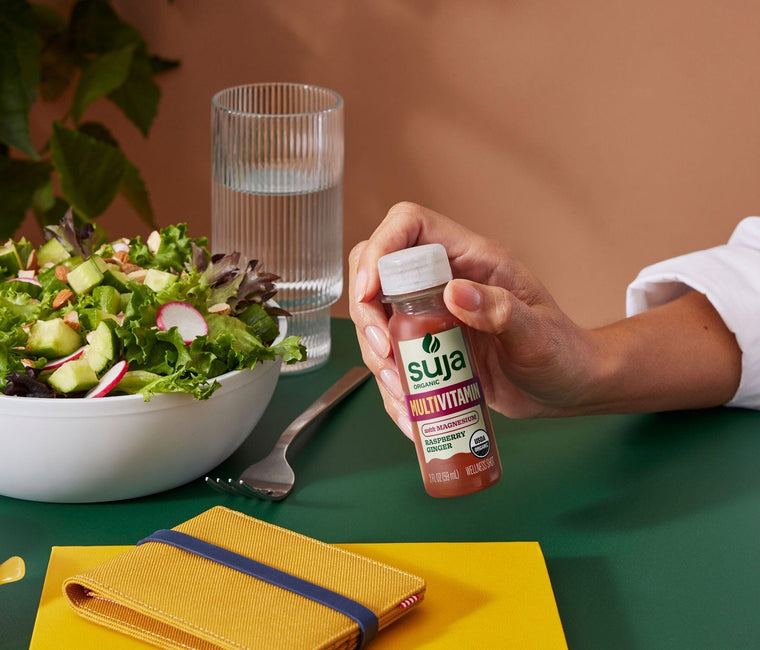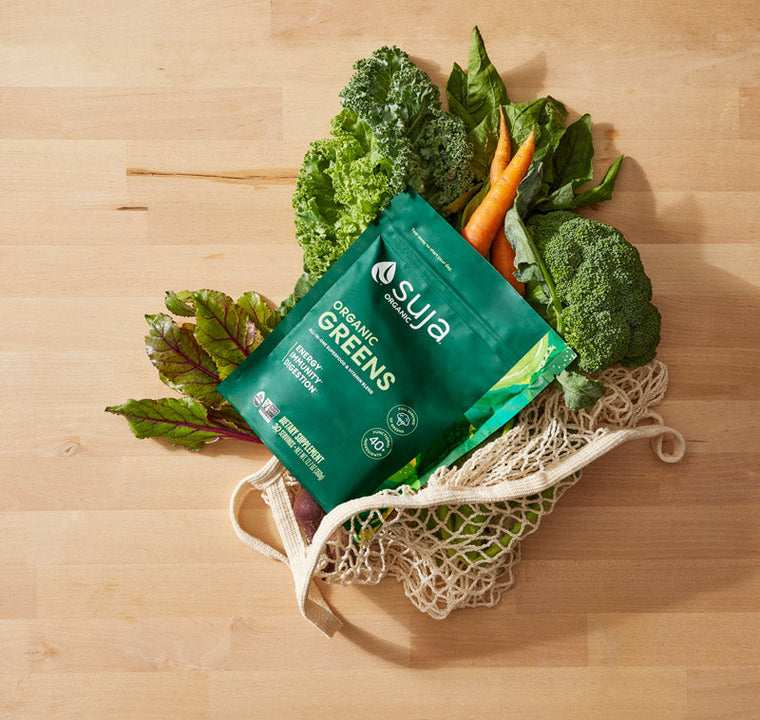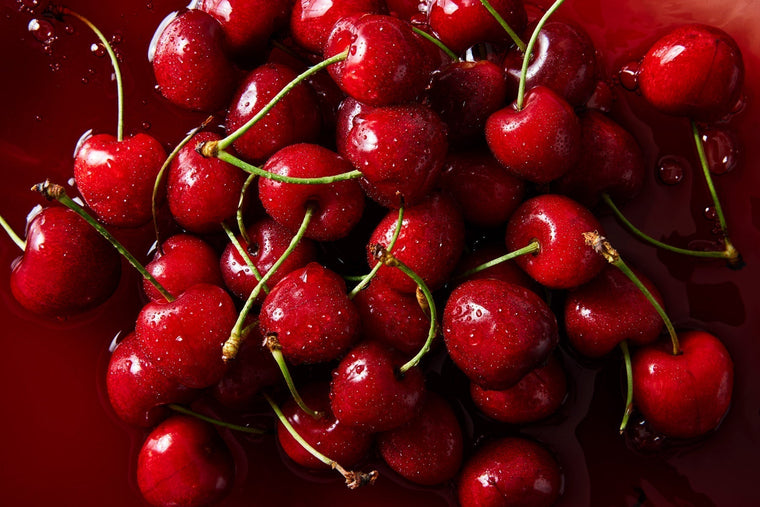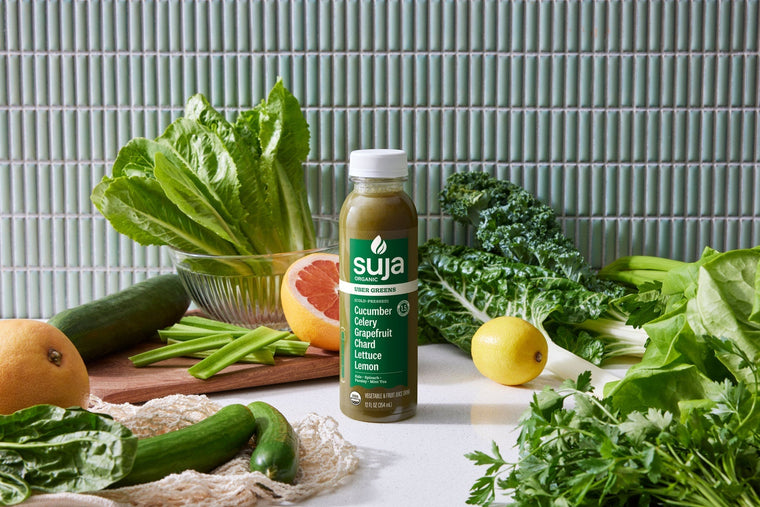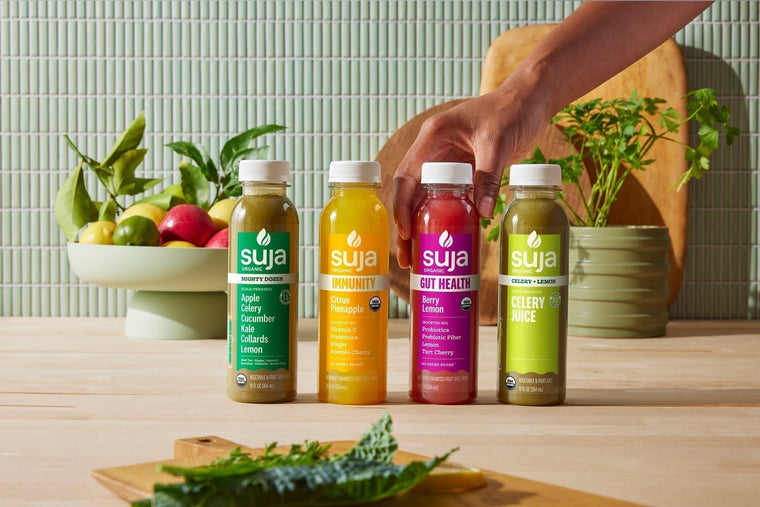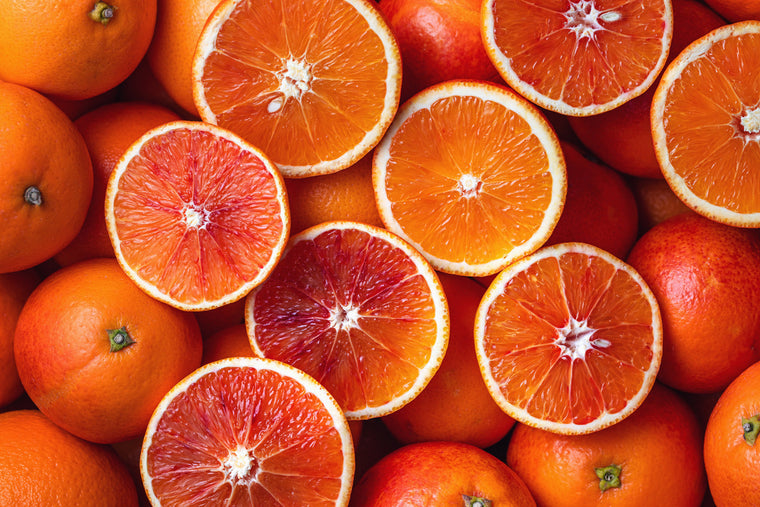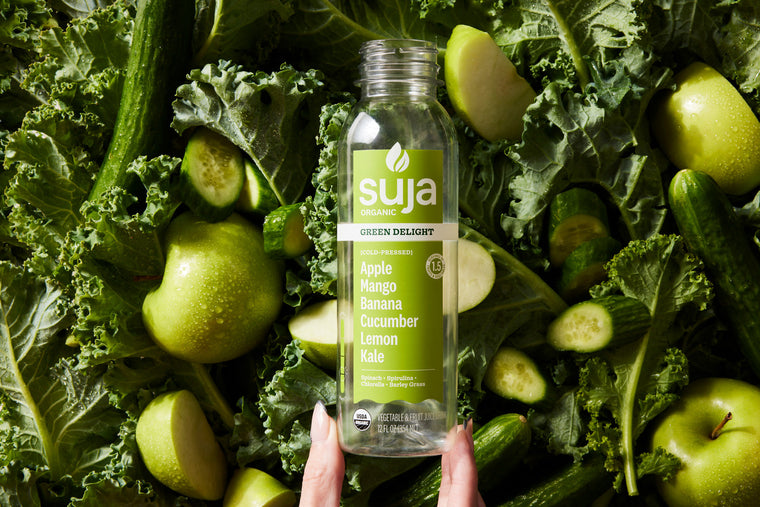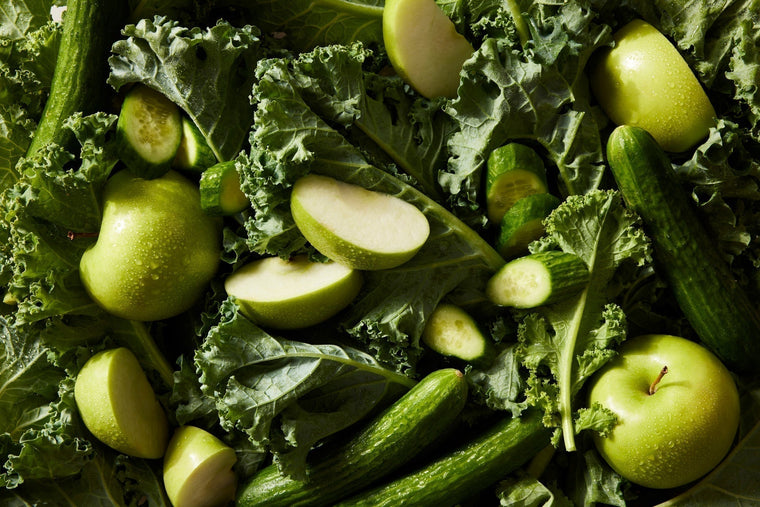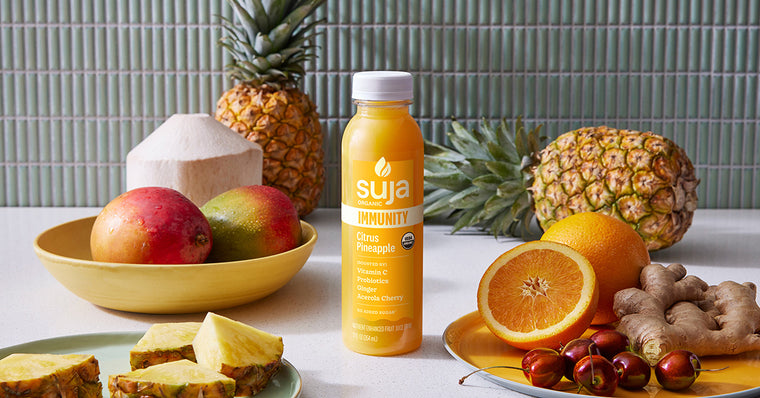When you think of summertime, you may envision brighter days filled with mouthwatering barbeques, sandy toes, sun-kissed skin, and big bowls of juicy, vibrant fruits. But we’re not just talking about any fruit—we’re talking about stone fruits. You know, those delicious cherries, peaches, mangoes, nectarines, and more that hold the capacity to sweeten your day.
Stone fruits aren’t just delicious—they’re also nutritional powerhouses. And they’re incredibly versatile, too. Whether you’re whipping up a refreshing fruit crisp, roasting them alongside your favorite protein, or blending them into the perfect smoothie, you truly can’t go wrong with stone fruits.
What is a Stone Fruit?
So, what exactly is a stone fruit? In the universe of botany, it's known as a "drupe," but you might recognize it by its large, hard pit—or "stone"—tucked inside juicy flesh, classifying it as hard fruit. Within that stone lies the seed, the heart of the fruit.
What’s truly distinct about stone fruits is that they continue to ripen even after being picked. Their peak season runs from June through September, making summer the perfect time to enjoy them at their sweetest.1 Not only are stone fruits delicious, but they’re also brimming with vitamins, minerals, and antioxidants.
Summer Stone Fruit Health Benefits
Plums
With radiant smooth skin, plums come in various shades of purple, yellow, and green and can transition to a darker shade of purple once dried into a prune! Plums also contain a terrific source of vitamins A, C, and fiber—supporting immunity and digestion.2
Craving a simple plum dessert to cool down during the warmer months? Try plum sorbet. Simply puree plums with a bit of agave and lemon. Then freeze in a shallow container and consume! Enjoy with the topping of your choice like more freshly diced plums, coconut flakes, homemade granola, and/or a drizzle of honey.
Cherries
There’s nothing better than a tree-ripened cherry that’s oh-so-sweet and juicy. The ones with the deepest red color usually emit the most flavors. And bonus - cherries are filled with antioxidants such as vitamins A, C, and E!3 There are several cherry varieties but the ones you're most likely to encounter are:
- Bing cherries: Large, heart-shaped, and deep maroon, Bing cherries are firm, crisp and exceptionally sweet.
- Rainier cherries: Amber-colored and blushed with hues of pink, these extra-plump cherries are as delectable as they come. Scuff marks on the skin are a sign of high sugar content so beware if you're watching your intake.
Are you a cherry fanatic? Craving something that’s extra vibrant and sweet?
We got you covered with our organic, cold-pressed Probiotic Juice. With just one refreshing sip, you’ll taste notes of tart cherry, combined with the essence of strawberry and raspberry. With a hint of sweetness from organic honey, you might just become hooked on this best-selling drink. Plus, you’re getting extra probiotics that support gut health - a “cherry on top” if you ask us.
Peaches & Nectarines
Peaches and nectarines, both luscious orange-yellow stone fruits, are like close cousins with a few slight differences. Peaches come in both white and yellow varieties. The white ones, with their creamy golden hue, are often smaller and sweeter than their rich yellow counterparts. And did you know? Both peaches and nectarines are packed with vitamins A and C.4
There are two main types of these stone fruits:
- Clingstone: Incredibly juicy and sweet, though they can be a bit tricky to prepare, as the flesh can cling to the pit.
- Freestone: Easily split in half, making them a breeze to enjoy. Perfect for snacking on the go.
Apricots
Small yet mighty, apricots are yellow-orange fruits that have peaches’ plump shape and plums’ tartness. They spoil quickly so refrigerate them quickly after ripening! Apricots carry an excellent source of vitamins A, C, and E, as well as a good source of potassium.5
Pluots
If you just glance once, you might mistake pluots for a plum! But actually, they’re a hybrid of plums AND apricots. Because they’re technically considered crossbred, usually the exterior hues range from bright red to deep purple. So what are the benefits of pluots? Just like other stone fruits on our list, they’re brimming with vitamin C, which again, helps guard your immune system.6
Curious about how to incorporate pluots into your daily meals?
Try adding slices on a bed of fresh arugula, add some crumbled goat cheese, and toasted walnuts. Then make a quick honey lime dressing by mixing up a few spoonfuls of honey, juice of one lime, ½ cup of olive oil, and a sprinkle of salt. Just drizzle on top and you have a light, refreshing meal option!
Lychees
There’s nothing more satisfying than indulging in a yogurt parfait with fresh lychee or sipping on a lychee martini during happy hour. With a juicy pulp and textured, red skin, lychees are brimming with vitamin C! Fun fact - you can get a whole daily serving of vitamin C in one 100-gram serving.7
Mangoes
You might be wondering - is mango considered a stone fruit? The answer is YES! Considered a tropical stone fruit, mangoes are exceptionally sweet and can weigh between a few ounces to five pounds each. These stone fruits also contain a terrific source of vitamins C and K.8
In the mood for mangoes galore?
Don’t wait to try our best-selling Vitamin C - Citrus Immunity. It’s our tropical take on your classic morning OJ, just with one of our favorite stone fruits - mangoes. You’ll also pick up a hint of coconut and pineapple and get a chock full of vitamins C & D, zinc, and live probiotics at the same time.
Savor the Season with Stone Fruits
If you’re in the mood for a big bowl of juicy peaches or sweet cherries, we’re right there with you! As we’ve explored, there are countless creative ways to incorporate vibrant stone fruits into your routine, all while reaping those essential nutrients.
Don’t wait to savor stone fruit season this year and “stay cool” with some of our favorite, cold-pressed juices, available at a store near you.
*Disclaimer: This blog contains promotional content about our products. The information provided in this blog is for educational and informational purposes only and should not be construed as medical advice. Always consult a qualified healthcare provider with any questions you may have regarding a medical condition or health objectives.
Endnotes
- Stone Fruits are in Season! Cns. https://cns.ucdavis.edu/news/stone-fruits-are-season
- Plum nutrition facts, benefits, and risks. Medical News Today. https://www.medicalnewstoday.com/articles/plum-nutrition-facts#ways-to-eat-plums
- The Cherry on Top: 8 Health Benefits of Cherries. Cleveland Clinic. https://health.clevelandclinic.org/benefits-of-cherries
- Growing Peaches and Nectarines in the Home Landscape. Ohioline. https://ohioline.osu.edu/factsheet/hyg-1406
- Apricots: Health Benefits, Nutrition, and Uses. WebMD. https://www.webmd.com/diet/health-benefits-apricots
- Pluots: Buying, Nutrition & Recipes | Whole Foods Market. Whole Foods Market. https://www.wholefoodsmarket.com/tips-and-ideas/archive/get-know-pluots
- Health Benefits of Lychee Fruit. WebMD. https://www.webmd.com/diet/health-benefits-of-lychee-fruit
- Health benefits of mango. WebMD. https://www.webmd.com/diet/health-benefits-mango

